Rearing Youngsters Correctly
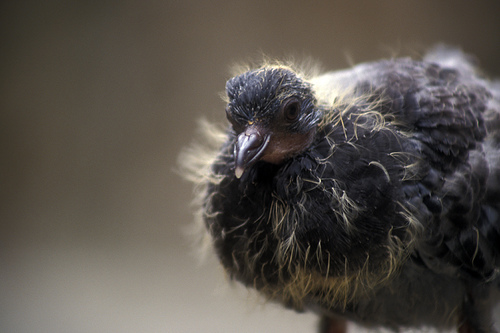 The novice must realize at the outset that young racing pigeons which do not leave the nest properly reared are a waste of time and effort.
The novice must realize at the outset that young racing pigeons which do not leave the nest properly reared are a waste of time and effort.
There is a lot of truth in the old saying that most of the long hard races are won or lost in the nest, and the beginner should do his best to ensure that his squeakers are a sound and healthy lot.
Youngsters which leave the nest in poor feather and weed body, have either been under nourished or suffered a setback due to illness.
They should not be allowed entry to the racing loft. The feather is probably the best indication that all is not well. Any check suffered in the normal growth is indicated by a mark across the tail and flight feathers.
If the newcomer is not certain what to look for, most old hands will be please to point out the defect. It must also be remembered that all small birds are not weeds. If their feather is good and their body plump, they are in good condition.
To rear sound young, the loft should be free of mites and lice, and the parent birds serene and vigorous. The breeders should have a constant supply of food and water and the food must be high protein content, about 20%.
A mixture of at least 90% peas is ideal for rearing and various small seeds and pellets manufactured for the purpose can be used as a tidbit to advantage. Grit is essential and this can be obtained ready mixed from various grain and fodder stores.
Greens such as silver beet and lettuce or finely chopped young grass fed once weekly will also assist in gaining the desired result.
It is also a good idea to keep the floor covered with fresh shell grit (shell grit is a source of calcium and not true grit, but gravel grit is essential for the gizzard).
The poorly reared youngster may win a short race, but it has no potential as a long distance winner and definitely no place in the breeding loft as a future stud proposition.
Like this article? click the “like” button below to read part 2. (**Note: if you do not see the “like” button below, please refresh your browser**)
[viralbait_buttons fb=”yes” ]
[viralbait_content giftID=”-1″ loadtime=”page” revealtime=”vb_rev_btn” ]
FEED BARLEY NOW
Barley should be fed just prior to, and during the moult, if the desired silky plumage is to results in your pigeons.
Amino acid cystine, about 9% as found in feathers, is essential in the diet at this time and barley is the best source of intake of the common grains.
Barley contains about 2.5% cystine, wheat does not provide it at all, maize and oats give less that 2% and peas less that 1%. Barley is a cheap part of the diet, and in most cases it can be obtain free of long tails.
Peas and wheat give and ample supply of the other nine essential amino acids, although maize is richer in threonine, leucine and valine. If the novice feeds a mixture of 50% barley, 25% peas and 25% wheat for the next eight to ten weeks he will be certain his birds are not missing out. The addition of linseed, richer in amino acid tryptophan than wheat and peas, will also assist if used as a tidbit. Linseed is high in protein 24%, and fat 36%, but low in carbohydrates 28% in comparison with other popular grains.
If the beginner takes notice he will find that a good knowledge of the composition of grains will help him to feed the right mixture at the proper time. For instance, youngsters until they leave the nest require a higher protein content diet than they need later in the racing season. 20% to 25% is necessary to build the youngster into the healthy potential winner, but 14% to 18% protein in ample in a racing mixture. Knowing what to feed, when to feed, is a vital part of good management. Protein is a repairer of muscle and the novice will find that the bird which returns from a long, hard race, flown down to the wafer in body weight, will recover much sooner if it is rested and fed all peas than it will if feed all wheat. However, once it has regained its weight and is eager to get back into the air again, the protein intake must be cut down and a diet high in fat should replace the one of all peas. Fat burns into 2.5 times as much energy as either protein or carbohydrate.
The storage capacity in muscle and liver is filled faster if a diet rich in fat is used. A mixture of rapeseed, linseed and hempseed fed for two of three days prior to receiving the usual racing mixture will make certain the birds is back in top racing condition without waste of time. Essential minerals compose 6% of the bird’s body and ample sources of these are found in the common grains and grit mixtures. Calcuim and phosphorus are two which provide no worries. Salt, added in the grit mix, is a source or sodium and chlorine. Potassium is so abundant in ordinary pigeon food that it is of no concern. Iron is found in grains grown in iron rich soils. One drop of iodine to each gallon of drinking water every now and then will be sufficient supply of this necessity needed for thyroid health and normal growth. Sulphur is found in ample quantities in barley, wheat, maize and peas. It is good management if pigeons are fed the correct mixtures.
[/viralbait_content]
Rearing Youngsters Correctly by Vin Bladen
The Leading Online Pigeon Racing and Racing Pigeons Magazine – The Pigeon Insider

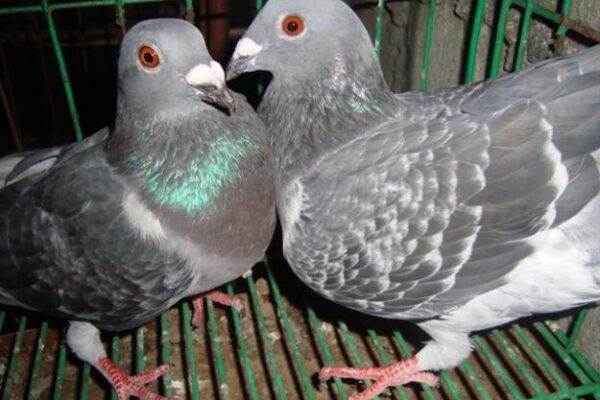
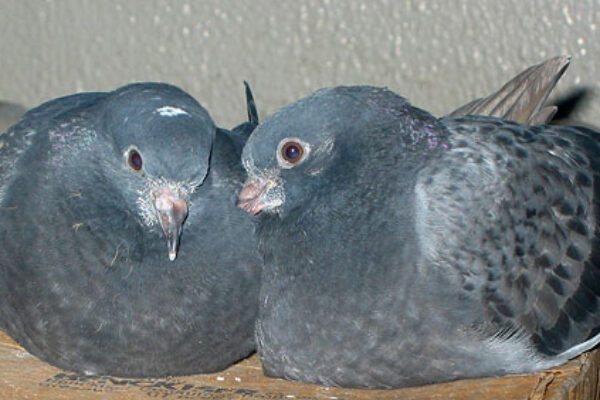

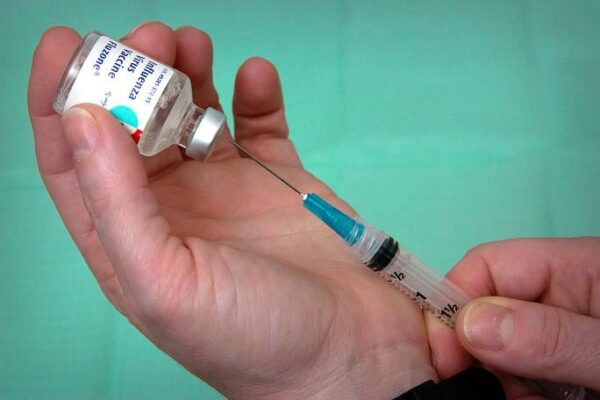
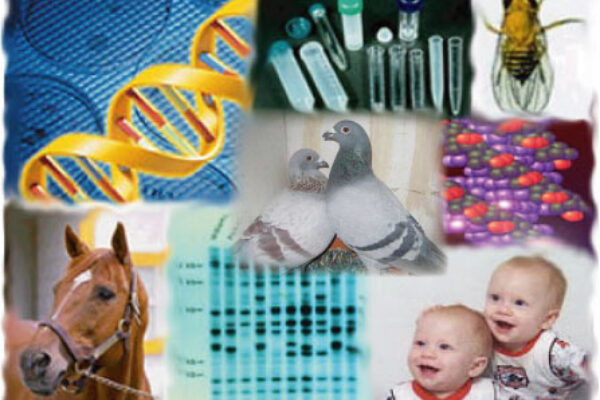
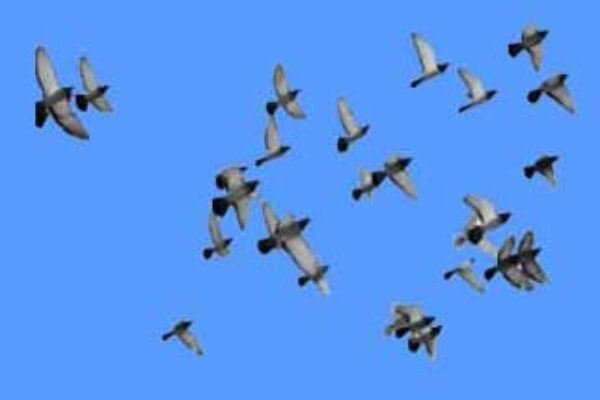


Add 55% protein meat & bone flour to the pellets to increase protein percentage.
Add cartillagineous pills to increase cistin & metionin. Eduardo Fazzio, Montevideo, Uruguay.
My birds wont eat legumes or peas! They love no shell sunflower seeds.
after reading your article on rearing squeakers,which says to feed massive amounts of legumes i am very confused after reading a previous article on keeping legumes to a minimum,and other proven scientific testing and data that points out the dangers of feeding too many legumes due to the substances they contain that interfere with the digestion of protein by interfeing with the trypsin activity
Make sure you have SALT available #1 help for good droppings and good health in raising young.
please tell me why salt?
as in all the recherche I’v done on peanuts they say no salt . or does that just apply to peanuts . I’m not mocking you in anyway I’m just trying to learn as much as potable thanks.
look for me the first thing is the good health of the parents,when the youngsters are 7 days old i provide for two weeks Lactogen no:2(baby formula)…grit is a necessity,i will give brewers yeast once or not at all as it buildsup thrush…the most important your stock birds when breeding will so you what they need in order to bring up youngsters with the greatest of ease.
i normally feed a commercial mix. i am a believer of brewers yeast, country pature
whey powder and a flora mix every second day when breeding. multi vitamins in water the other days .on fridays i give milton in the drinkers and my babies look good. wean them at 21 days because i teach them to eat a small seed mix plus pellets in the nest.
YOU ONLY GET OUT WHAT YOU PUT IN, SO USE THE BEST BREEDING MIX POSSIBLE, I PUT PEANUT OIL.ON THE MIX,WITH BABY MILK POWDER MIXED IN THIS BRINGS THE YOUNG BIRDS ON GREAT. PHIL.
FEED YOUR STOCK BIRDS EVERY 8HOURS, WHEN BREEDING YOUNG ONES,
Thats a good readand yes I took notes. Every thing but the rapeseed goes along with an artical I read by Cornel U. They say rapeseed does more harm than good, so I leave that out of my mix.
Dave
Use Brewers Yeast when breeding once or twice a week. This will add a lot of protein for the babies and they will shine with health.